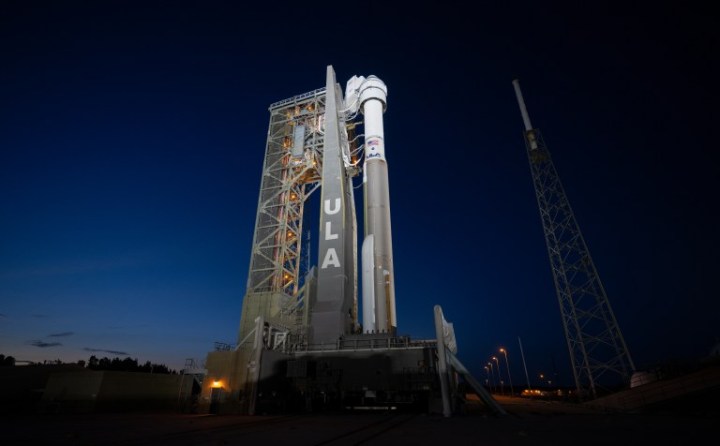
Following the last-minute scrub of the first crewed test flight of the Boeing Starliner, NASA has announced it will make another launch attempt on Friday, May 10, at the earliest. The launch of the Starliner, designed to ferry astronauts between Earth and the International Space Station (ISS) was called off just two hours before the scheduled liftoff because of a problem with the rocket.
“I know everybody was eager to see a launch and is probably a little disappointed that we didn’t get to see it, but I want to say that good things are worth waiting for and we’ll get a chance to see that rocket and spacecraft lift off the pad soon,” said Ken Bowersox, associate administrator of NASA’s Space Operations Mission Directorate, in a press conference following the canceled launch attempt.
The Boeing Starliner has had a difficult development, but in this case the problem was not with the capsule but with the United Launch Alliance Atlas V rocket that should have launched it from Space Launch Complex-41 at Cape Canaveral Space Force Station in Florida. NASA astronauts Butch Wilmore and Suni Williams were suited up and inside the capsule when the launch was scrubbed, so they exited the Starliner and returned to the astronaut crew quarters for the night.
The problem was on the Atlas V rocket’s upper stage, called Centaur, with a pressure regulation valve. “It’s not dissimilar to many other valves, like you may have one in your home on your hot water tank,” said Dana Weigel, manager of the International Space Station Program at NASA.
The component is important for maintaining the correct pressure of propellant, like the liquid hydrogen that powers the engines on the second stage. “We saw the self-regulating valve on the lock side had a bit of a buzz, so it was moving in a strange behavior,” said Steve Stich, manager of NASA’s Commercial Crew Program, so the rules for flight stated that the launch had to be scrubbed.
Today, teams will be checking the the data from last night’s launch attempt and examining the valve, seeing if it needs to be replaced. The next possible launch opportunities are on Friday and Saturday this week, with further details to follow once the examination of the valve is complete.


